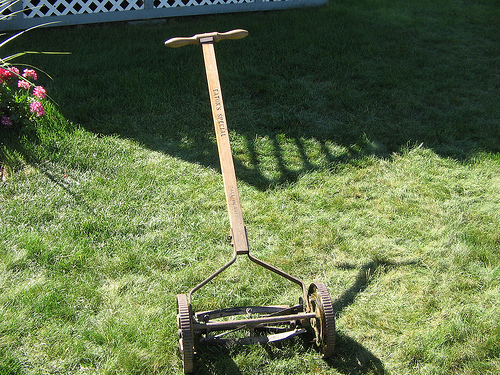Extreme bushfires, floods and of course drought are all set to increase in Australia’s capital – as elsewhere – over the next few decades, according to a new report prepared for the Australian Capital Territory’s government.
The report predicts that with the two degree temperature rise expected over the next fours decades Canberrans will see four times as many days over 35 degrees and regular 40+ degree days every summer. Flash flooding incidents will be more common (although total rainfall will be less), as will ‘catastrophic’ bushfires, like those of January 2003.
This report adds fuel to the fire for those supporting the Federal Government’s Carbon price plan, which is a small beginning to reign in climate change to the two degree rise most scientists seem to now see as inevitable.
With less rainfall and greater heat, preparing now for climate change is not only a task for the government (be it the ACT Government or any other), but of individuals. Extreme heat is the biggest natural killer of Australians, and we’re not helped that many of our homes are not well designed to withstand either extreme heat or cold. Visitors from colder climes (Canada, say, or Scotland) frequently comment that they have spent their coldest days (and nights) in relatively mild parts of Australia – because the houses are so poorly designed. With little or no insulation, poorly aspected brick veneer houses simply don’t pass muster.
In Canberra then, for many people, preparing for climate change might mean simple steps like installing wall and ceiling insulation, shading west facing windows, stopping up drafts and including fixing poorly fitted windows, and ideally double glazing them (or employing similar techniques). Conveniently, these same steps will save you money your gas and electricity bills and reduce your carbon footprint – aka your personal contribution to climate change.
Of course, installing a home solar power system will also reduce your carbon footprint and perhaps allow you to run some kind of cooling system in the summer (evaporative cooling is far more energy efficient than refrigerative air conditioning and very effective in Canberra’s dry heat), and installing some kind of rain water collection and importantly grey water recycling systems will also help prepare for an increasingly warmer dryer climate.
Read more on the report from The Canberra Times.
Healthy Family | Healthy World



